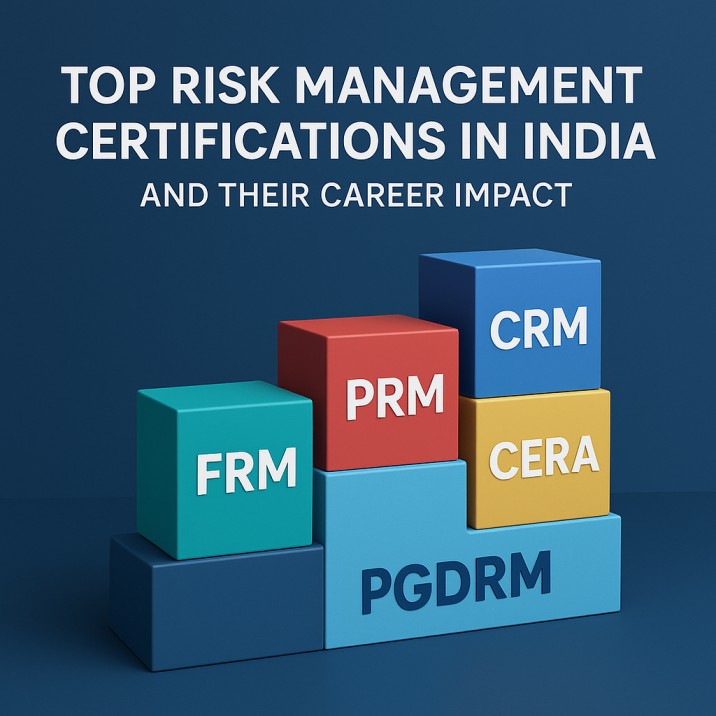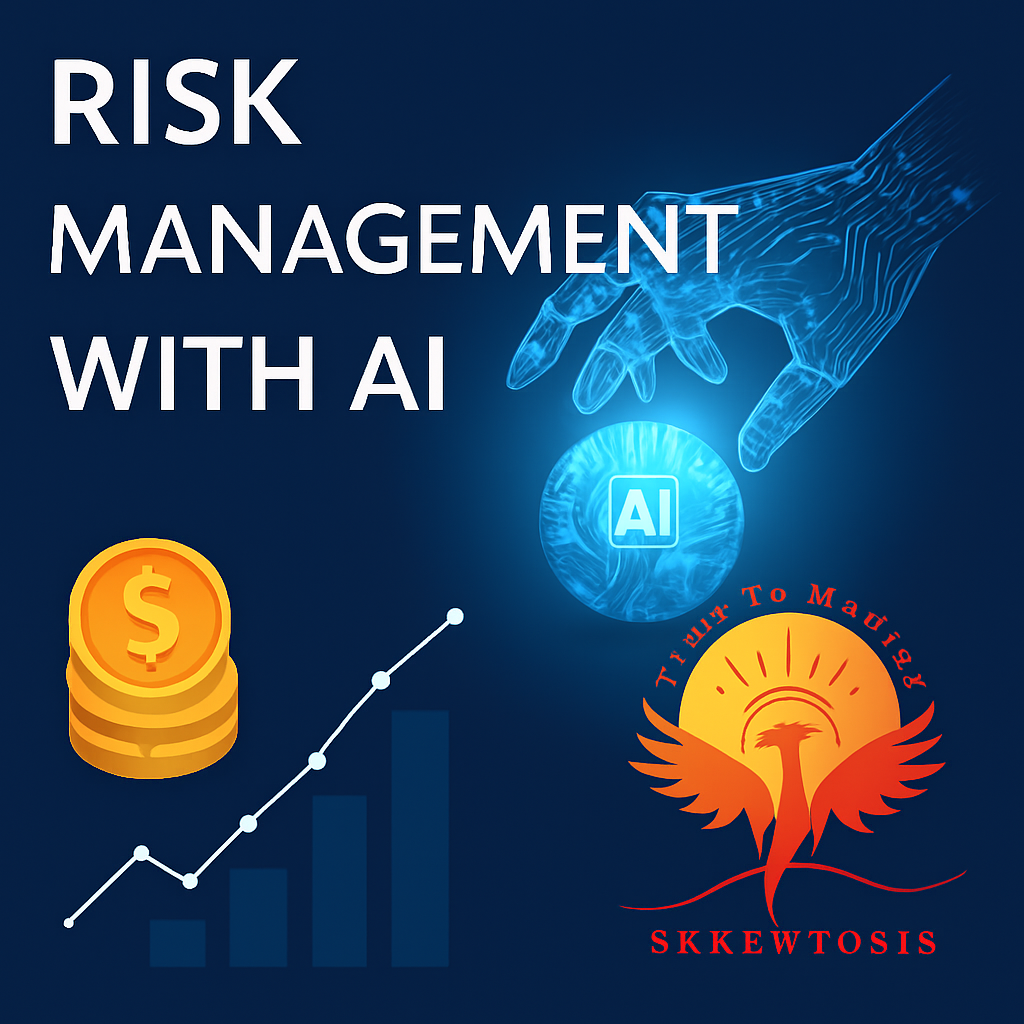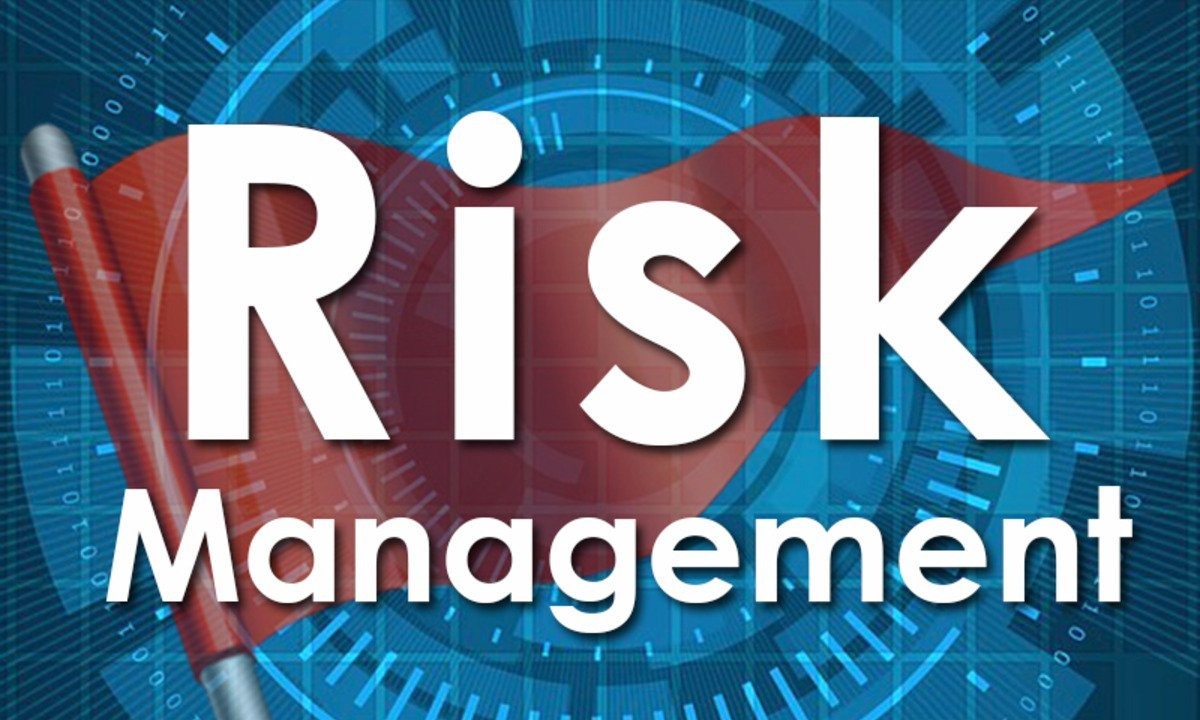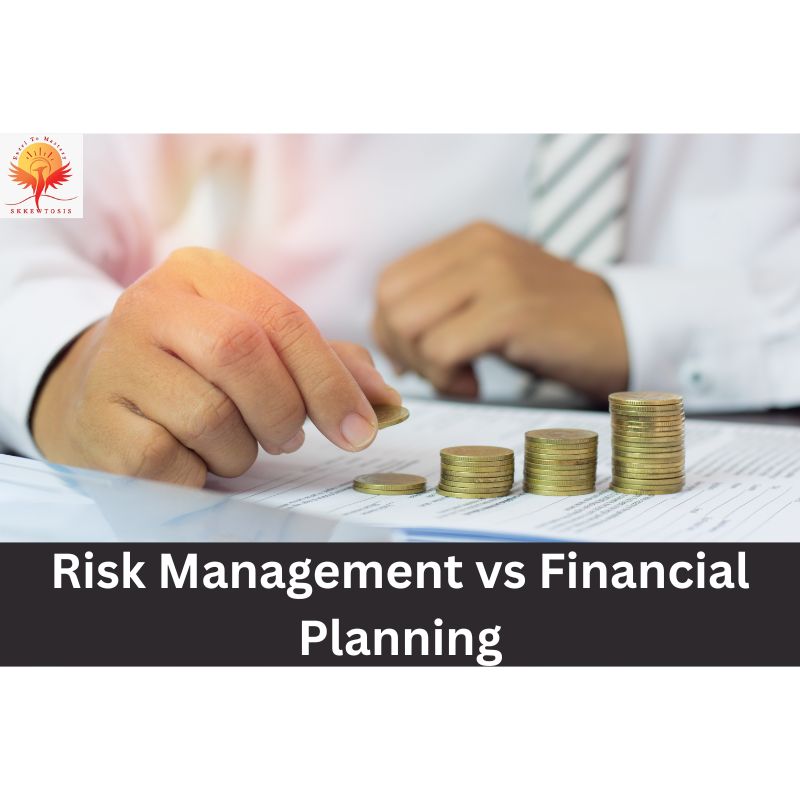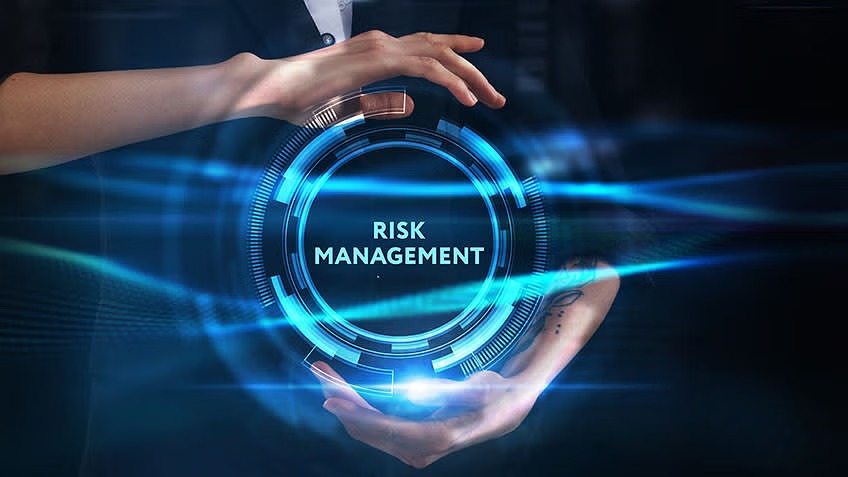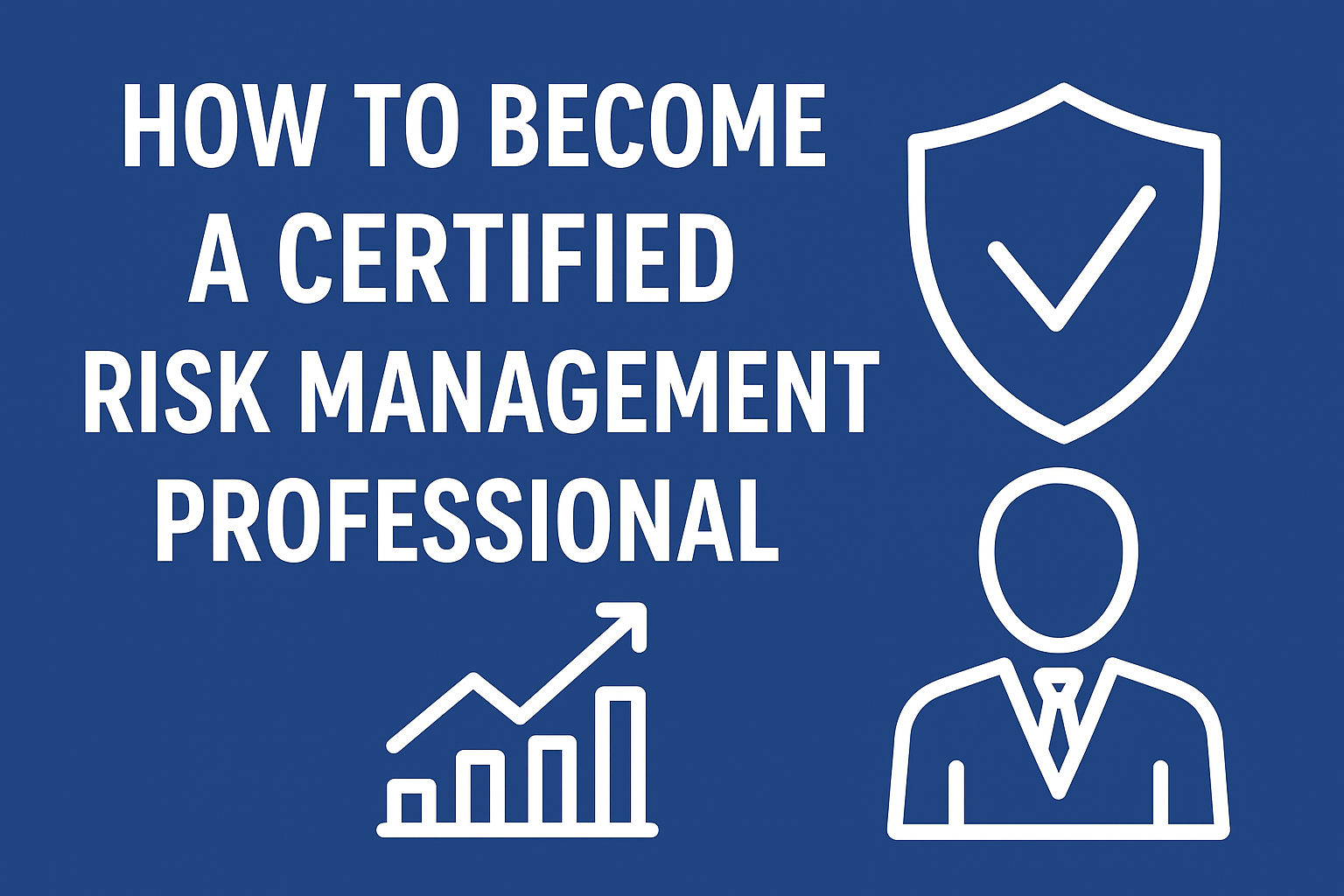
How to Become a Certified Risk Management Professional
In every modern day business, companies are presented with numerous challenges, be it operational, financial, cybersecurity, or compliance issues. Certified risk management professionals help assess, manage, and counter these issues, contributing to vital organizational risk resilience. Additionally certifying yourself opens you up to a plethora of job opportunities worldwide.
This guide walks you through the steps, skills, and certifications you need to become a Certified Risk Management Professional or hold an equivalent credential.
-
Identify risks
-
Evaluate the risks, including quantifying potential impact severity and the probability of the risk event
-
Develop and implement risk mitigation / treatment strategies
-
Evaluate and report the controls which been put in place to control risk
-
WorkRelatedroles include finance, construction, healthcare, manufacturing and IT security.
- Cyber security or Information Technology
- Engineering or Project Management
- Finance, Economics or Business Administration
Tip: Risk management, finance or an MBA are all great options for further studies and have excellent job prospects.
- Risk analyst
- Compliance officer
- Internal auditor
- Project risk manager
Hands-on experience with the necessary tools, compliance structures, and both tactical and strategic planning will further support your application for certification.
- Certified Risk Management Professional (CRMP) – RIMS
- ISO 31000 Risk Management Certification – GSDC, PECB
- Certified Risk and Compliance Management Professional (CRCMP) – International Association of Risk and Compliance Professionals
- PMI-RMP® – Project Management Institute for project-specific risk management.
- Financial Risk Manager (FRM) – GARP for finance-specific risk management.
Tip: It is advised to select a certification based on the industry and career objectives.
-
Identifying and assessing risk
-
Risk management and control
-
Compliance obligations
-
Crisis communication and management
-
Reporting
Preparation strategies:
-
Attend trainings and workshops
-
Utilize the appropriate learning materials
-
Participate in the forums and study groups
-
Work on sample tests
For learners in India, the Affordable Risk Management Training India has options from recognized centers, both in-person and online.
-
Worldwide Acknowledgment: Signifies your industry trust and skill level
-
Professional Growth: Attaining these certifications leads to much-needed senior roles and positions of greater responsibility.
-
Increased Income: Certified practitioners earn about twenty to thirty percent more than their non-certified counterparts.
-
Cross-Industry Applications: Your skills can be used in different fields
Common Questions Regarding Certified Risk Management Professional
Q1: Is prior experience a requirement for getting a certification?
Most certifications demand a minimum of 2–5 years of relevant work experience. There are a few basic certifications that can be pursued by fresh graduates; however, advanced certifications will demand some professional experience.
Q2: What is the certification timeline?
Based on your preparation level and the certification chosen, it can take anywhere between 3 months to 1 year.
Q3: What is the entry level certification?
New starters will be able to undertake ISO 31000 Risk Management Certification or CRCMP as they are more introductory in nature and internationally recognized.
Q4: Is it possible to work full-time and prepare for the exam?
Definitely. A lot of part-time students are full-time workers and take advantage of weekday evening and weekend classes.

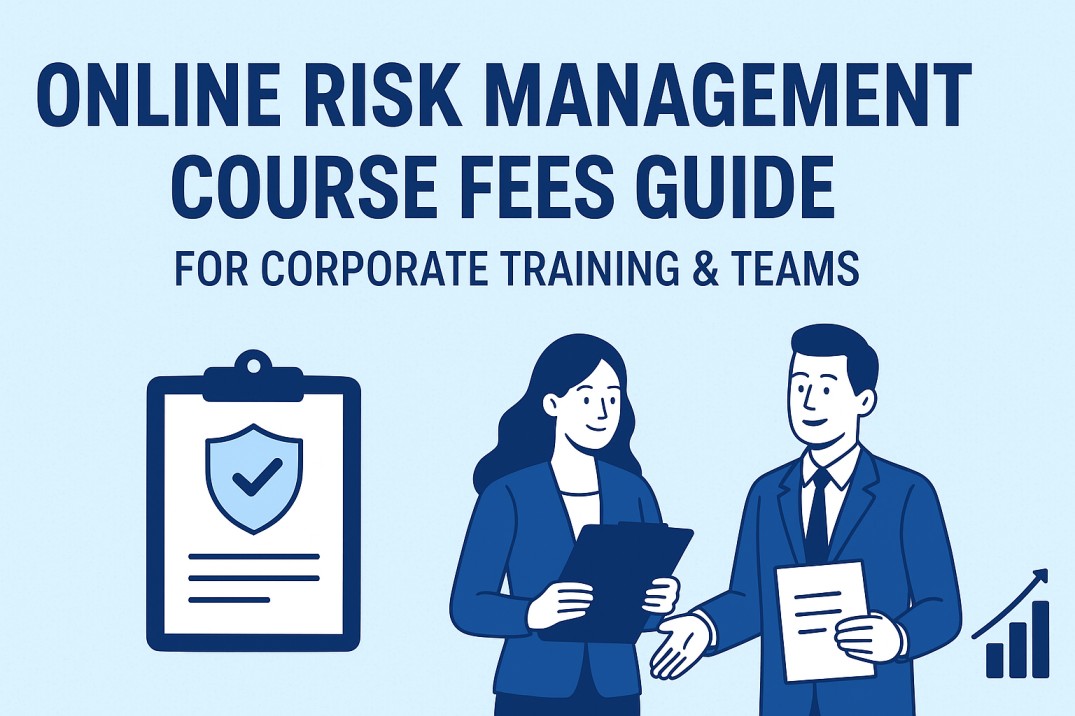

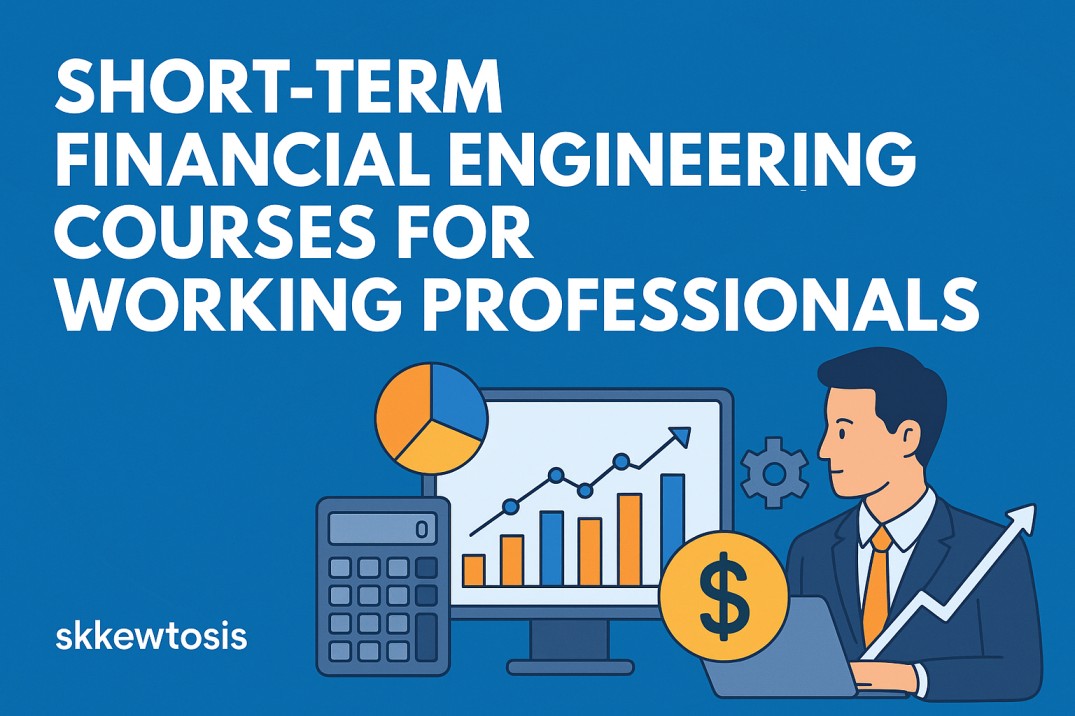
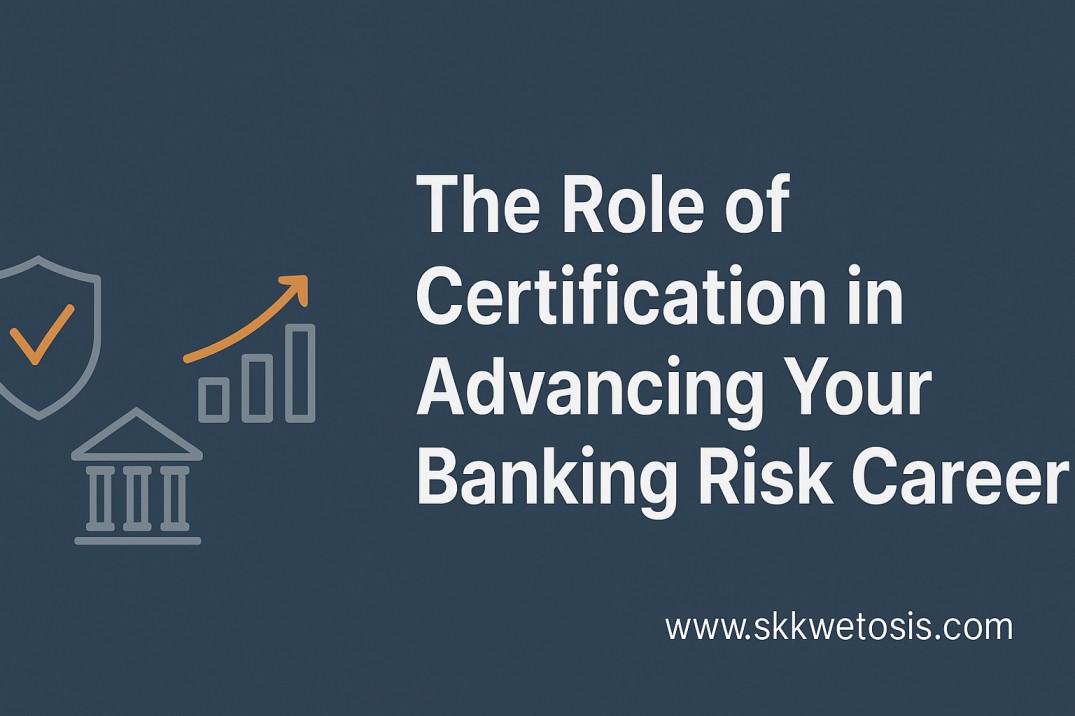
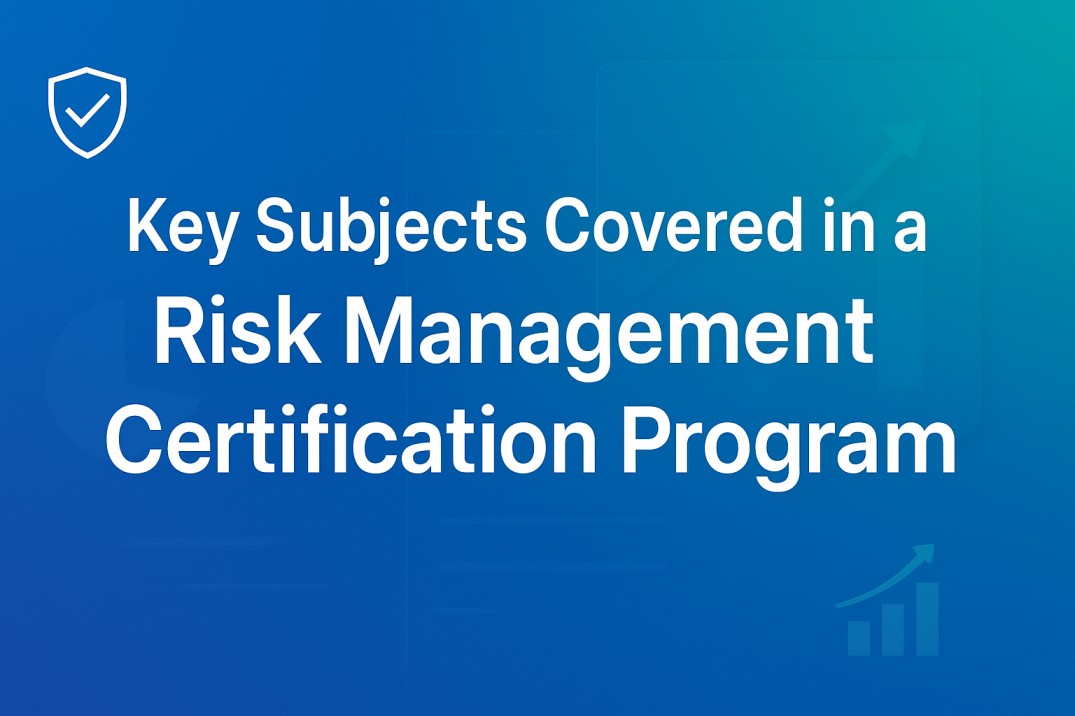
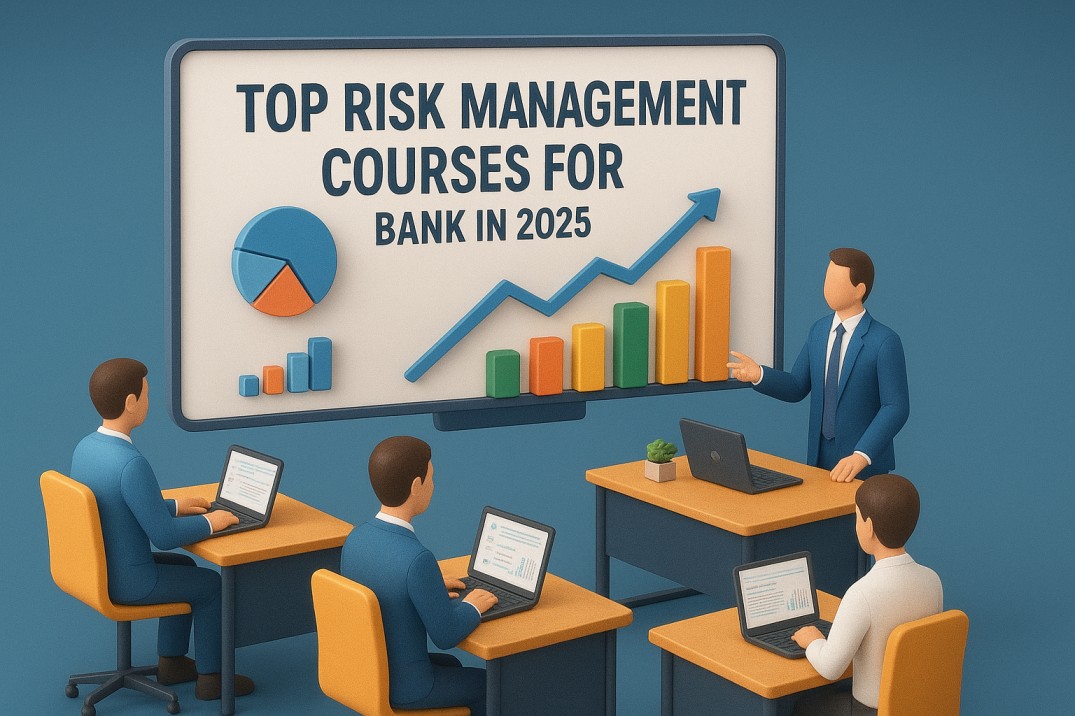
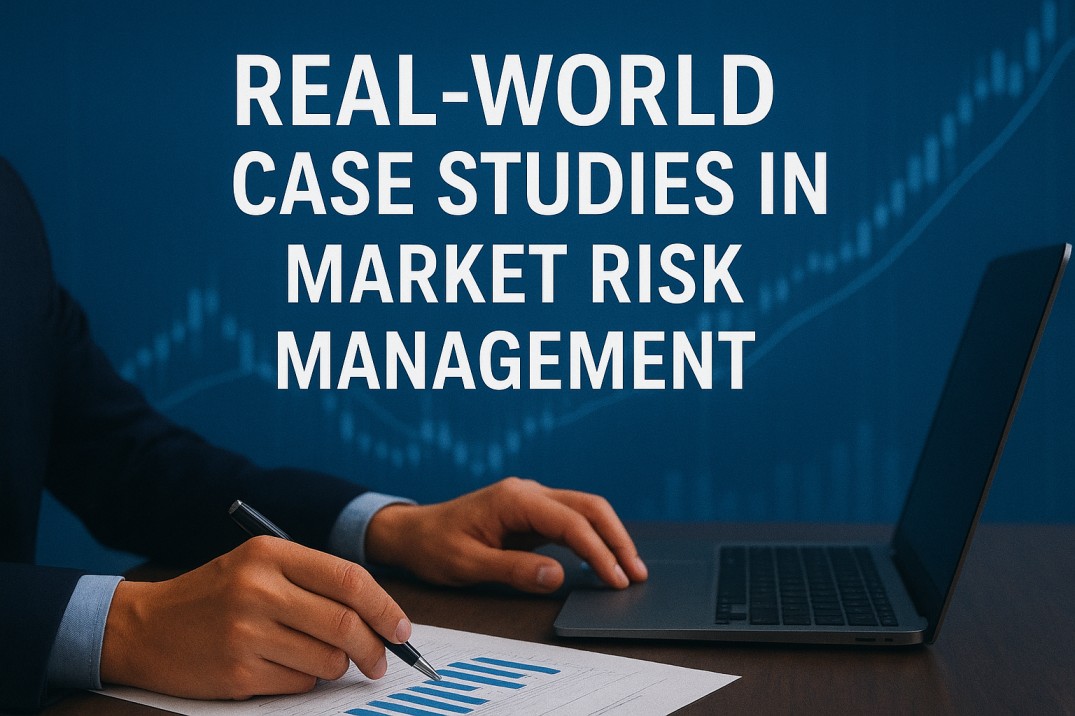
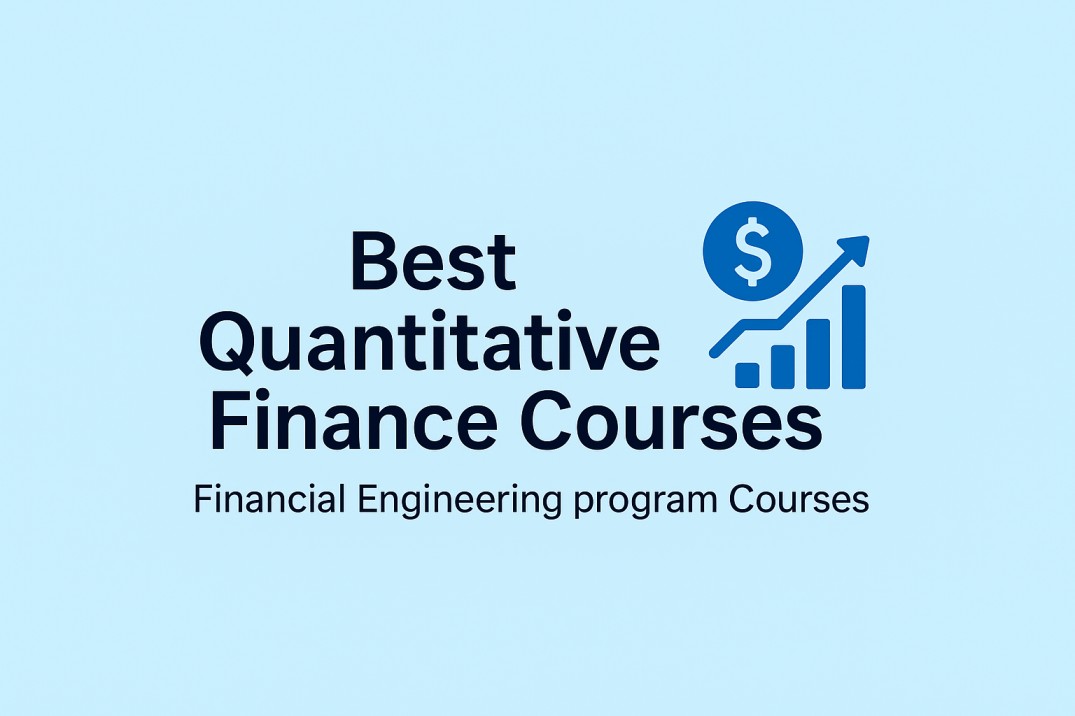
.jpg)
.jpg)
.jpg)
.jpg)
.jpg)
